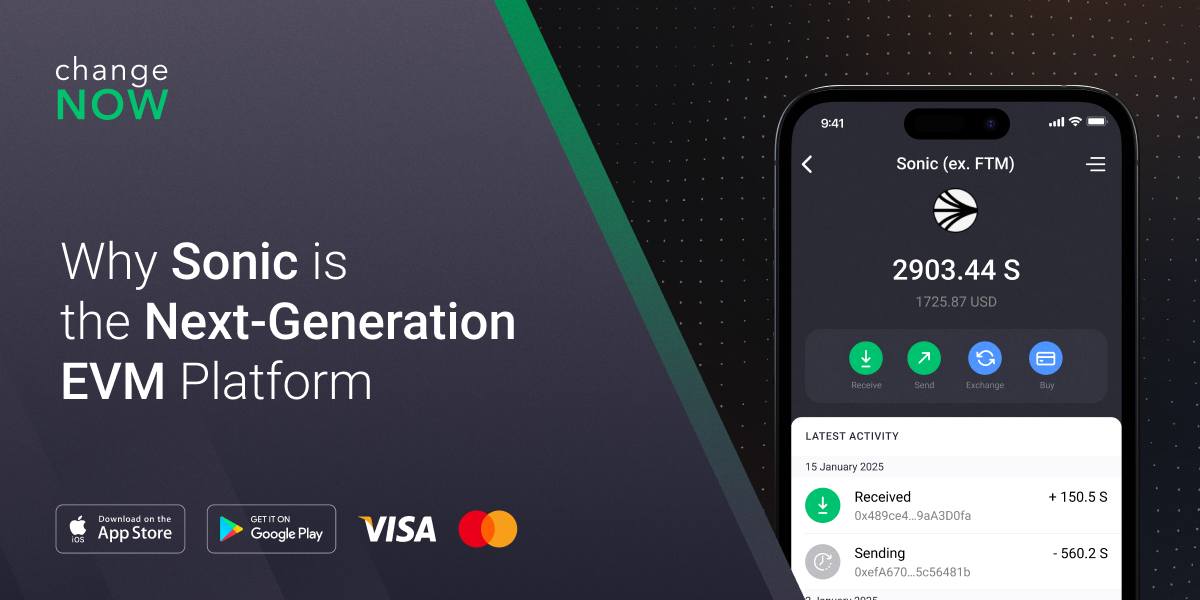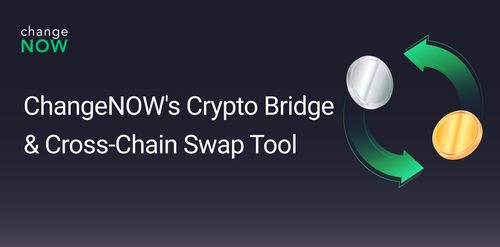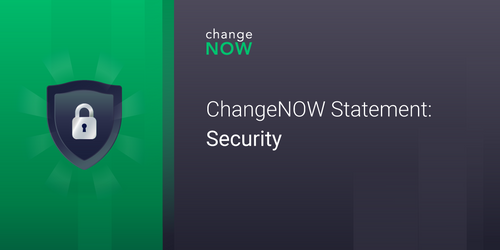Why Sonic is the Next-Generation EVM Platform

At this point, Sonic is poised to revolutionize the face of blockchain technology and is in the position of being the ultimate next-generation EVM platform that will change the game. With high performance and deep care for both developers and users in store, it stands at an edge where it can really redefine how dApps operate and scale. Below is a comprehensive analysis of why Sonic represents the future of blockchain platforms and how it stands out from existing alternatives.
Key Takeaways
- High-Performance Infrastructure: Sonic offers over 10,000 transactions per second (TPS) and sub-second finality, ensuring high speed and scalability, ideal for decentralized applications (dApps) like gaming, DeFi, and finance.
- EVM Compatibility: With full Ethereum Virtual Machine (EVM) compatibility, Sonic allows developers to seamlessly migrate projects from Ethereum, maintaining the same tools and processes but with enhanced performance and scalability.
- Sonic Gateway & Interoperability: The Sonic Gateway enables cross-chain interactions, improving liquidity and security by facilitating decentralized asset transfers between different blockchains.
- Incentive Programs & Token Utility: Sonic rewards developers with up to 90% of transaction fees and supports new projects through its Innovator Fund. The S token is integral for staking, governance, and securing the network, ensuring long-term growth and value.
High-Performance Blockchain Infrastructure
At its core, Sonic is engineered for speed, scalability, and efficiency. While most blockchain networks still face issues like slow transactional speed and very high fees, Sonic resolves this issue by offering a throughput of more than 10,000 TPS. With sub-second finality, confirming the transactions on the network almost equates to immediacy of confirmation and therefore removes latency, hence giving users a seamless experience. This goes a long way for dApps like gaming, DeFi, and financial applications that require immediate processing and responsiveness.
With high-performance infrastructure, Sonic ensures that developers can deploy complex decentralized applications without network bottlenecks or congestion issues. Such scalability means that if more dApps use the platform, and more demand for its services is warranted, the strain will be absorbed by the load on the network without degradation in performance. Thus, it positions itself as one of the ideal environments for the developer community wanting to build future-proof applications within the constantly changing blockchain space.
EVM Compatibility for Seamless Integration with Ethereum
One of the most salient features of the Sonic blockchain is its full compatibility with the Ethereum Virtual Machine. Ensuring that any developer who understands the toolset for Ethereum—from Solidity and Vyper compilers down to the simplest scripts and tools—faces no steep learning curve in transferring their projects onto Sonic. Using the Ethereum ecosystem, its popular libraries, tools, and frameworks, Sonic is allowing such developers to maintain all the same processes for their development while fully leveraging enhanced performance and scalability.
Sonic makes the process seamless for blockchain projects already deployed on Ethereum, offering a smooth migration path. It does this while maintaining EVM compatibility, hence enabling interactions with other applications, networks, and tokens that would be based on Ethereum. Bridging Ethereum's capability with efficiency on Sonic opens new vistas of possibility in the realms of DeFi, gaming, NFTs, and many more.
Sonic Gateway and Improved Liquidity
Sonic introduces the Sonic Gateway: a decentralized bridge to efficiently and securely bridge to Ethereum and beyond. This will enable seamless movement of assets in and out of the chain and other networks for better liquidity and more interoperability between blockchains. Sonic enables cross-chain interaction, hence fortifying the value proposition for developers, users, and investors all together.
Moreover, this interoperability ensures that assets, tokens, and data flow freely across multiple blockchain networks without intermediaries or centralized exchanges. This decentralized architecture reduces not only the risks related to centralized points of failure but also enhances security and transparency for transactions.
Native S Token: The Backbone of the Sonic Ecosystem
S is a token native to the Sonic platform—melding in one vital component: security, governance, and functionality. It will be due to this very robust token economic model that S is used to pay transaction fees, stake both validators and participants in network consensus, and in governance for deciding on the future of Sonic.
Transaction Fees and Staking
Each transaction fee in the network will be paid for using S tokens to ensure users and developers are paying at a more economical rate when using the network. They have the chance to participate in the security of the network, thereby validating network transactions through staking of S tokens to help with the decentralization and trust aspect. In return, stakers are rewarded, making Sonic an attractive proposition for both validators and long-term investors.
Governance and Community Involvement
S tokens give the right to vote in decision-making processes in regard to further development within the ecosystem. This would mean that token holders are entitled with a vote for or against a proposal on protocol upgrades, community initiatives, and other important aspects involving the wholesome development of the entire platform. The reason for this is to make sure that Sonic remains congruent with its community's interests and sensitive to its users' needs and desires.
Developer and User Incentives: Fueling Ecosystem Growth
Sonic is more than a platform; it incentivizes developers, users, and each participant in the ecosystem to contribute to the development of the network. The platform's incentive programs are targeted to drive innovation, attract top talent, and speed up the adoption of decentralized applications.
Monetization by Developers through Fees
Most alluring for the developers, though, is the peculiar fee monetization model of Sonic, whereby the developers are supposed to take up to 90% of all transaction fees their applications will generate – a theme coattailing the traditional ad-revenue model onto the blockchain. That gives a maintainable and profitable method for the developers to finance projects without depending on venture funding, ensuring the financial wherewithal they would require in scaling their application and growing its user base.
Innovator Fund
It has put aside 200 million S tokens to fund new and innovative projects. The fund is supposed to onboard new developers and ensure growth in the Sonic ecosystem through monetary support of promising projects, thereby encouraging them to build on the platform. The Innovator Fund is a great avenue through which creators can launch their ideas and benefit from the robust infrastructure and large user base of Sonic.
They already integrate with dozens of applications across the industry-leading infrastructure providers across on-chain tooling, compliance, native assets, cross-chain technologies, wallets, indexes, key Web2 partnerships, and many others.
They will be achieving this in work with strategic angel investors like Michael from Curve, Stani from Aave, Robert from Compound, Tarun from Gauntlet, Sam from FRAX, and our venture partners Hashed, Signum Capital, and UOB Venture Management.
Airdrop Programs
Sonic also uses airdrops to incentivize community activities for the drive of adoption. It sets aside almost 200 million S tokens for airdrop events to users of both chains, Opera and Sonic. Airdrops reward early adopters and loyal participants, further adding to the user base in the network.
Sustainable Tokenomics for Long-Term Growth
The team behind Sonic has created a sustainable tokenomic model that would serve to guarantee the long-term growth and value appreciation of the token. The maximum supply of S tokens is capped at 3.175 billion, while the circulating supply upon the mainnet launch is around 2.88 billion. The remaining tokens are for staking rewards, governance, and ongoing funding of the ecosystem.
Application-wise, Sonic uses several burning mechanisms that create scarcity and avoid inflation. Further examples of periodic burning are the transaction fees, airdrops, and funding tokens. Over time, this reduces the total supply of S. It conversely creates 1.5% of the total supply per year for the coming six years in order to fund network growth. It will keep the platform well resourced but still able to preserve scarcity.
Token Utility Beyond Transactions
The S token has many uses in the Sonic ecosystem, beyond just being a means of a transaction. It serves as a governance token, and thus, users can contribute to protocol upgrades and vote on key decisions regarding the future of the protocol. It is also used for staking, which further contributes to security and decentralization of the network. The integration of the token with fee monetization on top ensures that active and ongoing revenues develop for the continuous innovation and building by developers on top of the platform.
The Future of Decentralized Applications
More than just a blockchain platform, Sonic represents the next generation in the building and creating of decentralized applications. Merging Ethereum compatibility with high-throughput and completely decentralized governance, along with strong incentivization mechanisms for both creators and users of the Sonic, makes Sonic an end-to-end ecosystem that empowers the next generation of dApps. Whether a developer ready to launch their next big project or an investor looking for a platform capable of scaling, Sonic offers the space needed for growth with all the tools, infrastructure, and incentives to thrive.
Where to Store Your S Tokens?
You can securely store your S tokens in NOW Wallet, a user-friendly, decentralized wallet for seamless crypto management. NOW Wallet provides support for an enormous array of cryptocurrencies, including S tokens, and securely keeps them available to you at any moment.
NOW Wallet allows for private keys management and intuitive interfaces that turn it into the ideal solution for storing S tokens and participating in the Sonic ecosystem. Ensure you follow the wallet’s security guidelines to safeguard your assets!
Conclusion
Sonic represents a huge jump in the blockchain space: performant, Ethereum-compatible, self-governed, with a modern incentive model. It's just a perfect setting for the next generation of decentralized applications. Powered by strong support natively minted S-token, the developers will unlock the true potential of blockchain technology, while users can seamlessly enjoy the experience: swift and low-cost.
It's not about providing a faster and more functional platform; it's about creating an environment in which developers are empowered, innovation is fostered, and the adoption of blockchain technology is accelerated worldwide.



